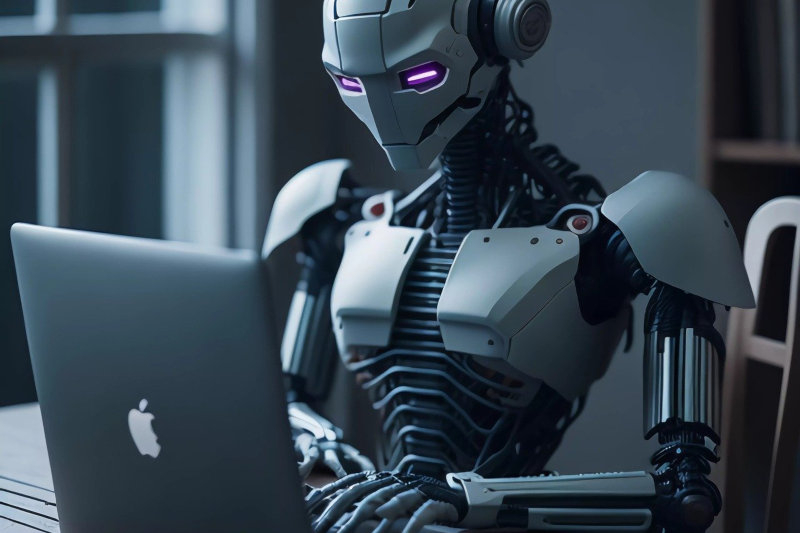AI increases individual creativity, but degrades the quality of materials in general


British scientists tried to assess the degree of influence of artificial intelligence on creativity and received mixed results: it can increase a person’s creative abilities individually, while reducing the average quality of the material as a whole.


Image source: Susan Cipriano / pixabay.com
The study was conducted by Anil Doshi from University College London and Oliver Hauser from the University of Exeter. In the experiment, several hundred people were asked to write a short story suitable for a general audience, about eight sentences long. The subjects were divided into three groups: participants from the first wrote stories on their own; participants from the second could make one request to GPT-4, but the response could be as long as desired; participants from the third could send up to five requests to the neural network in search of a source of inspiration. After this, the subjects rated the stories according to three criteria: novelty, value (that is, the likelihood of publication) and emotional effect.
Before starting work, volunteers were asked to complete a short task to pre-assess their creativity. Independent work of subjects with low creativity scores predictably received the lowest scores on all criteria. Given one idea proposed by the AI, their scores increased on each criterion; when there was a choice of five options, the ratings were even higher. For volunteers whose initial level of creativity was already high, the participation of AI did not help in any way – sometimes, because of it, their ratings even decreased.
But the researchers didn’t stop there. Using the OpenAI API, they tried to evaluate how similar each story was to other works in its category: human authorship, one or five requests to the AI. It turns out that AI involvement in the creative process brings the story closer to the category average. The difference ranged from 9% to 10%, that is, the texts were not copied from each other, but scientists concluded that AI contributes to the growth of individual creativity and, at the same time, creates a threat of loss of collective novelty.
This echoes concerns about the quality of materials in contemporary art and the Internet: the presence of AI-generated content is growing – they begin to teach other AI on this content – a self-sustaining cycle of boring texts and pictures is formed. Generative AI is beginning to permeate almost every field, and such research is proving to be a significant counterbalance to claims of limitless creativity and a new era of AI-generated music and film. Although the authors admit that their work covers a completely new area, the subject of their study was largely limited to short stories of eight sentences in length.
Recent Posts
Nissan Leaf EV to Become NACS-Ported Compact Crossover in Third Generation
Nissan Leaf can rightfully be considered a long-liver of the electric car market, since the…
OpenAI expects to more than triple its revenue this year and then double it next year.
OpenAI, the market leader in generative artificial intelligence systems, remains nominally a startup, its financial…
OpenAI Decides to Hold 4o Image Generation Launch for Free Users
OpenAI has been forced to delay the release of ChatGPT's built-in image generator for free…
1440p and 240Hz for just $200: Xiaomi updates the 27-inch Redmi G27Q gaming monitor
Xiaomi continues to update its Redmi G27Q gaming monitor every year. The model was first…
Beware, Android is shutting down: OS development will cease to be public, but there is no reason to panic
Android device makers can significantly customize the look and feel of the operating system, but…
Fake GeForce RTX 4090s with RTX 3090 chips have started popping up in China — craftsmen are even changing the GPU markings
In China, scammers have started selling GeForce RTX 3090 graphics cards, passing them off as…